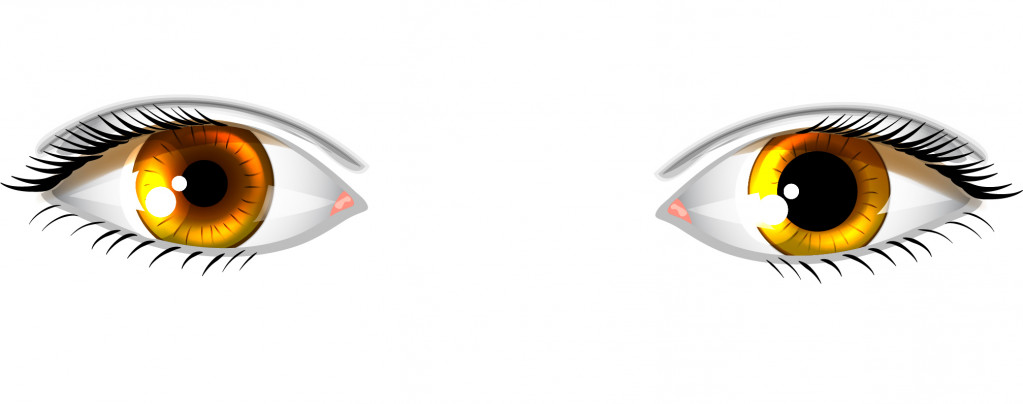Anisocoria (Different Size Pupils in Children)
 Unequal Size Pupils
Unequal Size Pupils
We often see new young patients to evaluate one pupil being larger than the other. Either the parents or the primary care doctor may notice this difference early in life. "Anisocoria" is the medical term for unequal pupil sizes.
Anisocoria may be present for a number of reasons. In some people, this could be normal for them and not of any concern, though in these cases the difference in size is usually relatively small. Unequal pupils can also sometimes occur as a result of exposure to some medications or drugs that affect pupils size.
In young children, our biggest concern is looking for signs of something called Horner’s syndrome, where a nerve, called the sympathetic nerve, coming up to the face from the neck is not functioning properly. This can result in several abnormalities including anisocoria, ptosis (droopy eyelid), and asymmetric facial flushing. Horner’s syndrome may be most commonly caused by this nerve not forming correctly during development or from birth trauma to the neck.
The most pressing concern with Horner’s Syndrome in young children is a type of cancer called Neuroblastoma that can happen along the spinal cord in the neck and affect that sympathetic nerve. For this reason, unequal pupil sizes should prompt a complete eye exam. Most of the time young children with anisocoria do not have other abnormalities and we'll watch them carefully over time. But further testing may be needed if there are definite signs of concern.
Learn more about our Pediatric eye care team
To schedule an appointment, call (509) 456-0107
